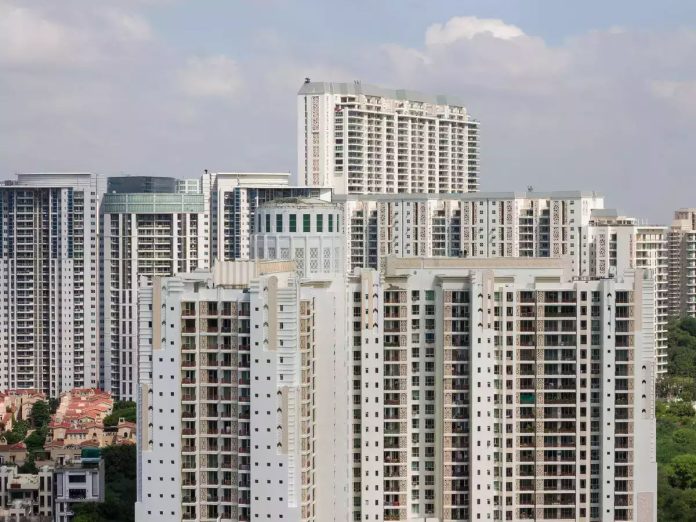An IITian couple , Nayrhit and Rishita Das, who spent several years in the United States, decided to return to India in 2023. They settled in Bengaluru, a city known for its vibrant tech industry. Their experience living in both countries has given them a unique perspective on the differences between the two nations.
They shared their observations in an “honest compilation” on social media, which quickly gained attention. Nayrhit, the founder of Gushwork, and Rishita, an Assistant Professor of Aerospace Engineering at IISc Bengaluru, tweeted: “My wife and I made the decision of moving back to India from the US after completing our higher education. We decided to dedicate our lives to building & researching technologies out of India for the world.

We recently completed 1 year of our stay here. To all the Indian 20-40 year olds who are contemplating their move back to India but are filled with uncertainties, this is an honest compilation of 10 differences we observed after our move back here!”. Look at the post here: First, the work culture in the US is distinct from that in India.
Nayrhit, who worked at a tech startup in San Francisco, noted that the US emphasizes a strong work-life balance. Employees often leave work by 5 PM and weekends are generally free from work-related tasks. In contrast, Rishita found that in India, especially in the tech hubs like Bengaluru, the work hours can be longer, and the boundary between work and personal life is often blurred.
The work culture is also vastly different between India and the US according to the couple. Source: Canva Second, the couple noticed a significant difference in public infrastructure . The US, with its well-maintained roads, efficient public transport, and reliable utilities, provided a stark contrast to the challenges they faced in India.
Bengaluru, despite being a major city, still struggles with traffic congestion, inconsistent public transport, and frequent power outages. Third, healthcare systems in the two countries vary greatly. In the US, healthcare is expensive but highly advanced, with a focus on preventive care.
Nayrhit and Rishita appreciated the quality of medical facilities and the emphasis on regular health check-ups. In India, while healthcare is more affordable, the quality can be inconsistent, and there is less emphasis on preventive care. Fourth, the couple found a difference in the education systems .
The US education system encourages creativity and critical thinking from an early age. Rishita, who worked as a teacher in California, admired the focus on holistic development. In India, the education system is more exam-oriented, with a strong emphasis on rote learning and academic performance.
Fifth, social interactions and community life differ significantly. In the US, Nayrhit and Rishita experienced a more individualistic society where personal space is highly valued. Social interactions are often planned and scheduled.
In India, they found a more collectivist culture, with spontaneous visits from friends and family being common and a strong sense of community. Sixth, the couple observed differences in environmental consciousness. The US has a higher awareness of environmental issues, with widespread recycling programs and a focus on sustainability.
In India, while there is growing awareness, the implementation of environmental policies is still catching up. Seventh, the food culture in both countries is diverse but different. In the US, they enjoyed a variety of international cuisines and the convenience of ready-to-eat meals.
In India, they relished the rich and diverse local cuisine, but missed the convenience of pre-packaged healthy meals. Eighth, the couple noted a difference in the pace of life. Life in the US, especially in cities like San Francisco, is fast-paced and often stressful.
In contrast, they found that life in India, despite its challenges, has a more relaxed and laid-back pace. Ninth, the digital infrastructure in India is far superior to that in the US. Nayrhit and Rishita were impressed by the efficiency of India’s quick commerce platforms, which can deliver goods within minutes.
They found that intra-city logistics in India are more efficient compared to services like Instacart and DoorDash in the US. Lastly, the couple highlighted the ease and affordability of domestic help in India. They noted that having domestic help in India provided them with an additional 15-20 hours of free time each week, a luxury that would be difficult to replicate in the US.
These observations offer valuable insights for anyone considering a move between these two countries, highlighting the unique advantages and challenges of living in each. 'India, Deport Hasina Now': Khaleda Zia's Party In Bangladesh Roars At Modi Govt | Details.


















